My account Sign in My wishlists
HOW TO CHOOSE A PASHMINA?
Are you looking for genuine Pashmina and would like some advice?
Here you'll find everything you ever wanted to know about genuine Pashmina. We've put together this guide to help you find your way around our range: specializing exclusively in genuine Pashmina from Ladakh, we offer you the most comprehensive selection of this handcrafted, fair-trade cashmere in Europe.
Handcrafted according to tradition in Srinagar, Kashmir, our collections feature cashmere shawls and scarves of exceptional finesse, softness and warmth, whose prestige has never wavered over the centuries. Whether it's soberly natural, adorned with subtle shimmering reflections or adorned with rich handmade embroidery, you'll form a unique bond with your pashmina.
Here you'll find all our tips and tricks, as well as the main criteria for choosing a Pashmina, based on ..:
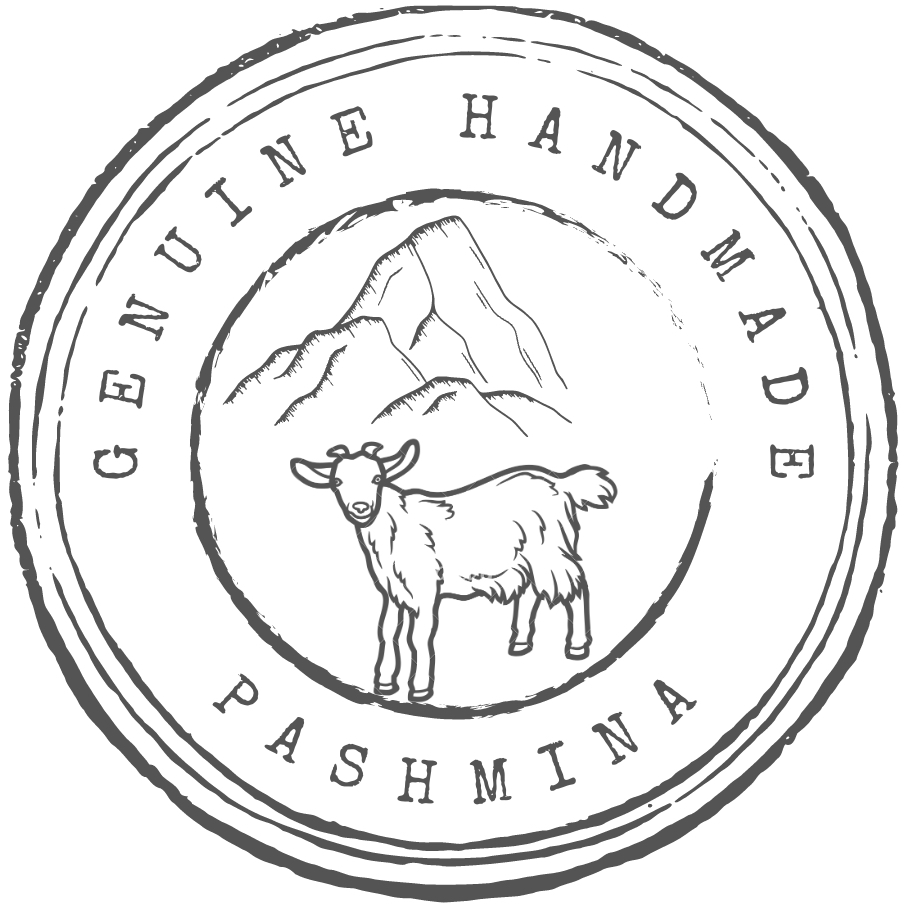
Pashmina fiber
Genuine Ladakh Pashmina is a handcrafted cashmere produced in the Himalayas at altitudes of over 5000m from the down of changra goats. It is renowned for its finesse and rarity, the result of ethical, eco-responsible production. Its quality can be assessed according to several criteria:
- down fineness: cashmere quality depends on the fineness of the fiber, measured in microns by laboratory tests. The lower the number of microns, the finer, softer and higher-quality the cashmere. Below 13.5 microns, Pashmina surpasses all other cashmeres in fineness, and below 13 microns it competes with even the most luxurious fibers such as Vigogne. The quality and fineness of our Pashminas is regularly tested in specialized laboratories.
- Yarn production: these days, in order to cut costs, most down is processed into yarn by machine. However, a small fraction of Pashmina is still spun the old-fashioned way, by hand on spinning wheels. This more delicate, traditional, hand-spun process, which respects the down, produces a very soft, distinctive yarn that is highly prized by purists. This is our HERITAGE Pashmina
- yarn thickness: the thickness or titration of a yarn is measured by the metric number (nm), i.e. the length of yarn in kilometers corresponding to 1 kilogram of material. The classic fine Pashmina is 120 to 140/2 nm, but the yarn can also be much thinner, like our TOOSH Pashmina, which resembles shahtoosh (160 to 180/2 nm), or much thicker, like our range of THICK Pashmina scarves and plaids (20 to 30/2 nm). Pashminas are always woven in 2 threads for strength, whether the thread is thin or thick.
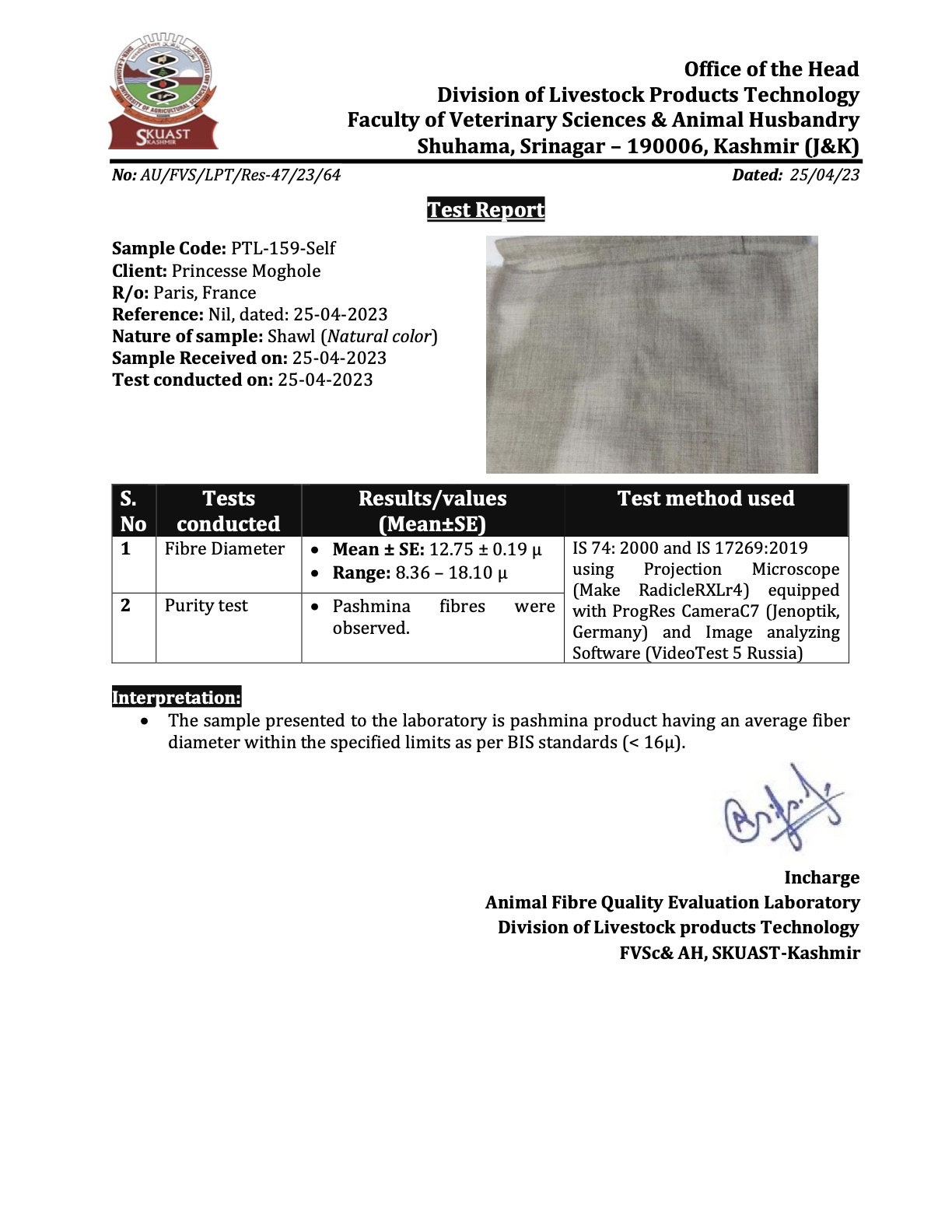
Pashmina Size
Authentic Pashminas traditionally come in 3 formats: the stole, the shawl and the XXL gent. We have chosen to respect these formats to the centimeter without cutting their length. At your request, we've added 2 other sizes: the bandana-style square and the men's scarf.
.jpeg)
The Shawl
1m x 2m
The XXL
1.35m x 2.70m
The Stole
0.7m x 2m
Le Carré
1m x 1m
The Scarf
0.4m x 1.8m
- LE CARRÉ is the smallest format, measuring 1m x 1m, and has been designed to be worn like a bandana scarf around the neck. It will provide moderate warmth, making it more suitable for warm weather or as a complementary accessory.
- STOLES are the most classic and versatile format, available in 35 solid colors and in all our models. A pashmina stole measures 70cm x 200cm and weighs between 100 and 120g. Warm yet lightweight, pashmina stoles can be worn all year round, by men and women alike. It can be tied in many different ways, depending on the owner's fantasy. As pashmina is a particularly fine cashmere, the stole format will be a little too light in winter for chilly people, who will prefer shawls.
- LE CHÂLE measures 1m x 2m and weighs 140 to 200g. This is the ideal size for draping over the shoulders and holding in place. Its large surface area means it can also be worn in a variety of ways, as you wish, and thanks to its extremely generous volume it provides plenty of warmth. Folded in 2, the shawl forms a square and can be knotted accordingly. For these reasons, the shawl is considered the format of choice by most pashmina lovers.
- PASHMINA XXL measures 1.35m x 2.7m and weighs 280 to 350g. In India, this is the format dedicated to men. Thanks to its exceptional dimensions and the quantity of precious pashmina needed for its weaving, it proves the wealth of its owner and reveals his social status. XXL pashmina is extremely comfortable to wear in winter, and is the warmest of all. Thanks to pashmina's extreme thinness, its incredible blanket-like surface can be wrapped around the neck without becoming cumbersome, and the comforting warmth it provides proves incomparable! Pashmina XXL has won over many of our customers and is quickly becoming a travel essential. Pashmina XXL can also be folded into a square and worn in a variety of ways.
- The SHOULDER measures 40cm by 180cm; we reserve this narrower format for our THICK 6-thread Pashmina quality.
The Color of Pashmina
Pashmina down is naturally obtained from the color of the goat's coat, which varies from ivory to beige, through various reddish beiges and grays. There are several shades of ivory, cream and beige on the market, with varying degrees of grey. Lighter colors can be dyed later.
Natural Pashmina undergoes no dyeing treatment and expresses the qualities and softness of down in all their authenticity. The original shade is preserved, revealing a non-homogeneous mottled appearance enriched with pearly highlights. These natural shades are highly emblematic of genuine Ladakh Pashmina and easily recognized by the initiated, as they vary each year according to the harvest. Note that the lightest shade is not white but ecru-ivory, as it is not chemically bleached like industrial cashmeres from China or Mongolia.
Dyed Pashmina is available in a multitude of colors. The dyeing process is artisanal and uses dyes that are harmless to health and fiber quality. Some dark dyes, such as red, are likely to bleed at the start and require special care. We offer plain pashmina in a wide range of colors, up to 35 for the stole format. Don't hesitate to contact us if you can't find the color of your dreams. We can also dye pashminas to measure.
.jpeg)
Pashmina weaving
Authentic pashmina is woven by hand on a traditional wooden loom, an ancient Kashmiri art passed down from generation to generation. The master weaver can execute various weaving patterns by interweaving the warp and weft threads. These patterns - or weaves - give the pashmina fabric a different appearance. Here are the most common: the Bulbul or diamond, emblematic of genuine pashmina, the Twill, the Herringbone, the Matty or single weave and finally the prestigious kani weave.
By mounting the loom, then passing the shuttle, the weaver is able to weave the pashmina more or less tightly. The density of the weave will influence the fabric's softness, longevity, weight, and therefore its price. Tighter-woven pashmina is less immediately soft to the touch, more expensive - because it's heavier - but also more resistant. It will also be less prone to pilling.
Loose weave: a light, airy weave that is immediately pleasantly soft, but more fragile and prone to pilling. It requires more care and attention to avoid damage. In loose weave, a stole weighs 85-90g, and a shawl 120g. Weaving errors are more visible. Weights of less than 80g for a stole, and 100g for a shawl, are proof of counterfeit mechanical weaving.
Medium weave: this weave combines softness and durability, with a slight tendency to pilling that is easily remedied by appropriate care. In medium weave, a stole weighs 100g and a shawl 140g.
Tight weave: a tight weave will be more resistant and much less pilling, but will also be less soft to the touch. The piece will also be heavier, and therefore more expensive. A tightly woven stole weighs 120-140g, and a shawl 180-200g. Tight weave is the best quality for Indians, as these Pashminas last much longer
True to our commitment to quality, we have chosen to make our plain Pashminas in medium to tight weave, to combine softness and longevity. Our stoles weigh 100-120g and our shawls 180g.
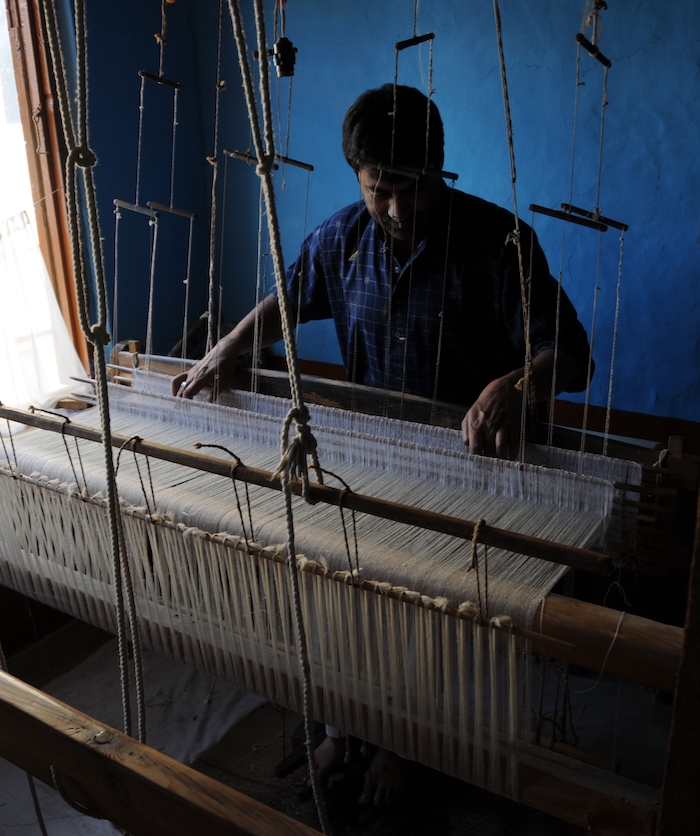
Pashmina shawls generally take 3 to 4 days to weave, and the price depends on the weight of the shawl - i.e. the amount of cashmere used - and the amount of time spent by the craftsman making it.
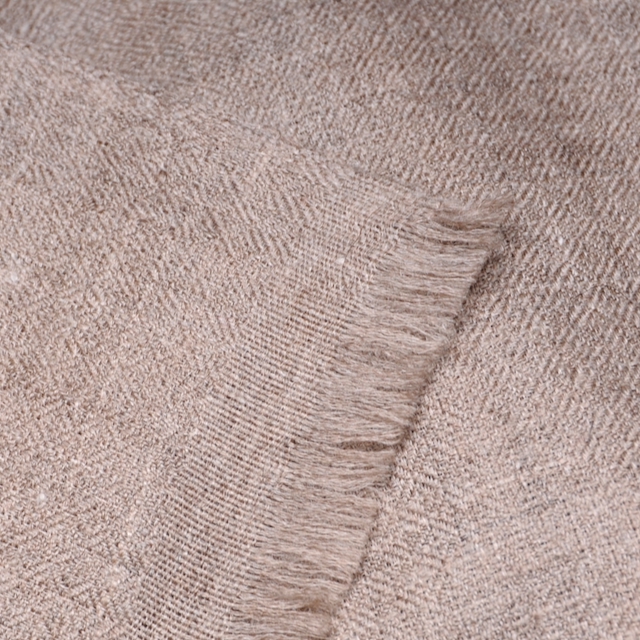
BULBUL
The BULBUL or bird's eye or diamond weave features a double concentric diamond pattern, and is the most emblematic traditional motif of genuine pashmina. It is considered more difficult to execute and reserved for more experienced weavers.
It has a matte feel and a more visible appearance when the warp and weft threads have been woven in different colors.
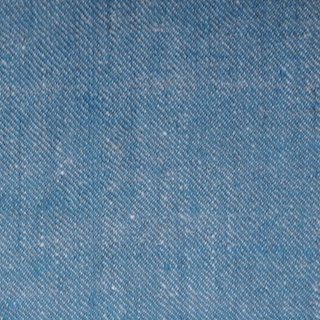
TWILL
TWILL or twill weave can be recognized by its parallel oblique stripes. This is a classic weave frequently used in textiles, corresponding, for example, to the weave of denim.
This weave is neutral to the eye, and gives pashmina a smooth, silky appearance.
.jpeg)
HERRINGBONE
HERRINGBONE weave is derived from twill and features a zigzag herringbone pattern. The herringbone weave is remarkably enhanced when the warp and weft yarns are woven in different colors.
You'll find it in our 6-thread thick pashmina collection and in the ROBIN stole range.
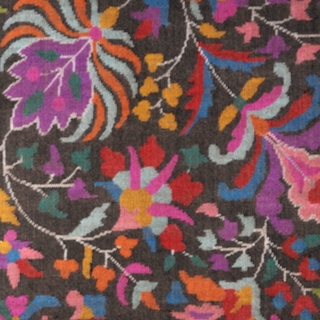
KANI
KANI weaving is the oldest and most prestigious of all. On a twill weave base, the craftsman creates patterns not with a shuttle, but by interlacing small wooden sticks called kanis or tujis, around which colored weft threads are wound. This weaving, whose motifs reproduce a coded pattern, is similar to tapestry and takes at least 6 months to complete.
Pashmina Embroidery
Pashminas are hand-embroidered using a needle and cotton or silk threads. This technique is called "Sozni" and requires patience and precision: it transforms the Pashmina into a unique work of art worthy of haute couture!
The motifs are codified and given names, from simple borders of varying width (Neem Dar, Dor Dar), with palmette (Hashi Dar) to garlands interlaced over the entire surface of the shawl (Jaali or Jamawar). Depending on the surface area to be embroidered and the complexity of the design, pashmina embroidery can take from 2 weeks to several months or even years to complete. Some embroideries are completely reversible, making the right side and reverse side almost indistinguishable.
The final value of an embroidered pashmina depends on a number of criteria:
- the quality of the shawl on which it is based (machine or hand-spun, tightly or loosely woven)
- the experience and dexterity of the master embroiderer,
- the time spent on the embroidery,
- the fineness and reversibility of the stitch,
- the density of embroidery on the Pashmina.
The weight of the piece gives an indication of its quality and longevity: lighter embroidered Pashminas tend to be more fragile.
The most intricate embroideries can take years to complete, so these exceptional pieces are valued in proportion to the work involved, and are traditionally destined for wedding trousseaux.
> Find out more about making embroidered Pashmina
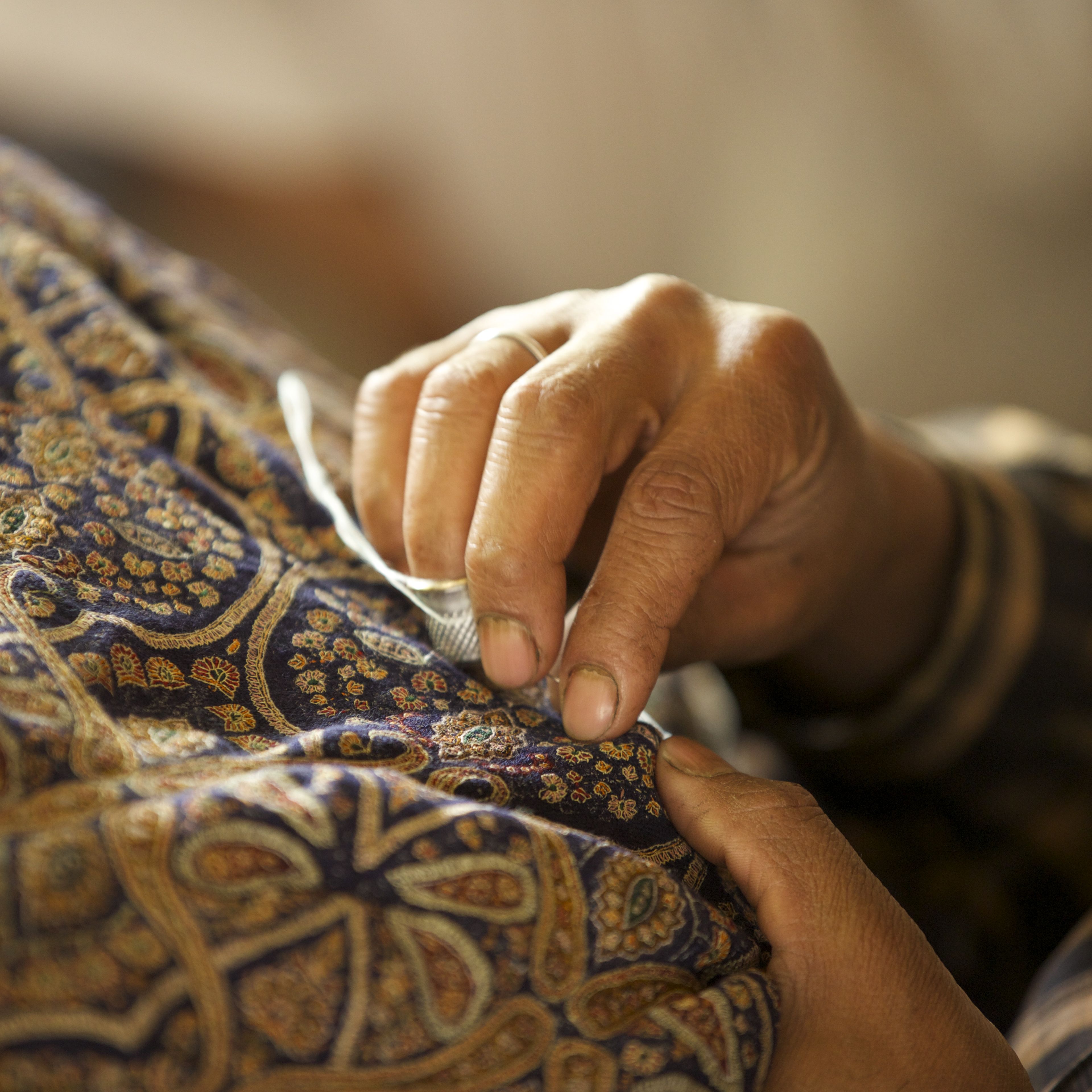
Discover our Collections
Our iconic UNI Pashmina is available in:
- 4 sizes: Square, Stole, Shawl and XXL
- 2 weaves: Bulbul and Twill
- up to 35 natural and dyed colors
REVERSIBLE Pashmina is available in:
- SACHA stole in 16 colors
- SWAN shawl in 7 colors
HERRINGBONE Pashmina is found in :
- the ROBIN stole in classic fine pashmina
- kORZOK scarf in 6-thread thick hand-spun pashmina
Pashmina à MOTIFS is available in :
- 3 sizes: stole, shawl and XXL
- various Limited Edition stripes and checks
Our KANI Pashminas are exceptional one-offs, requiring months of patient weaving. Each KANI is carefully selected for its timeless aesthetic.
Pashmina XXL is available in :
- plain in 10 stock colors or custom-dyed
- various Limited Edition stripes and checks
- Embroidered Unique Piece Luxury
TOOSH Pashmina ultra-fine is available in:
- 3 natural colors
Pashmina BRODÉ is available in:
- 3 sizes: Stole, Shawl and XXL
- Hand-spun or classic HÉRITAGE collection
- Each piece is unique
HÉRITAGE hand-spunPashmina is available in:
- 3 formats: scarf, shawl, plaid
- Several thicknesses: ultra-fine TOOSH, classic and thick
- Embroidered shawl Pièce Unique Luxe
Thick Pashmina is available in:
- 3 formats: scarf, shawl and plaid
- several yarn thicknesses
- hand-spun or classic Heritage collection

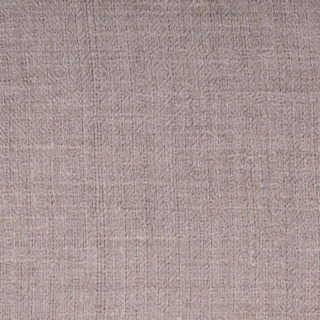
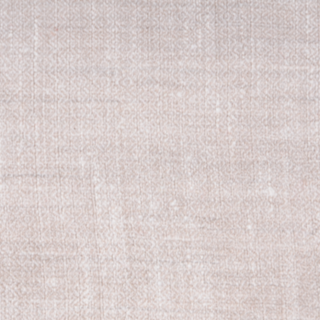
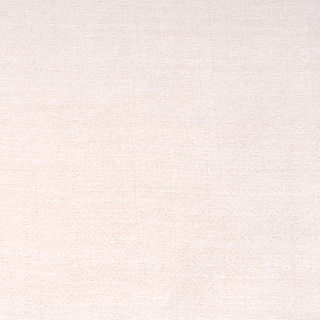
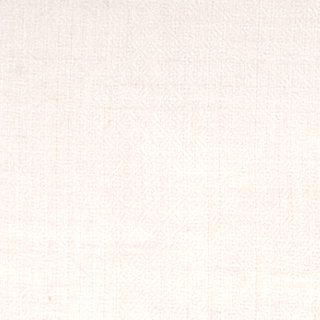
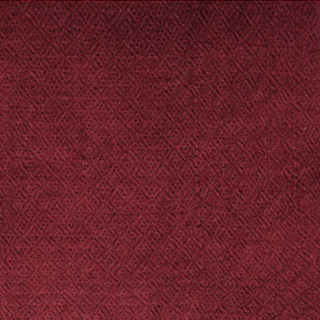
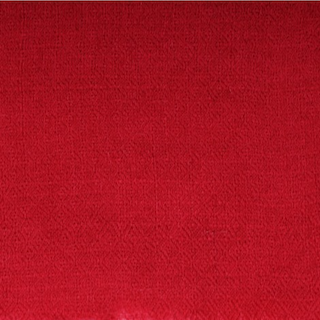

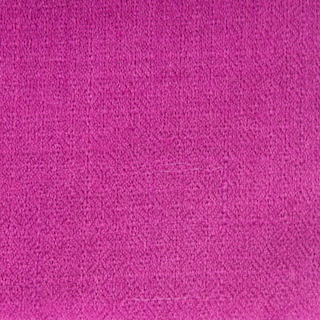

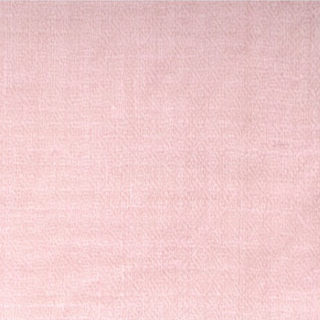
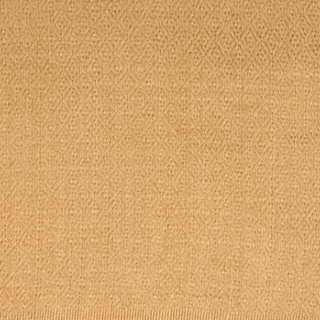
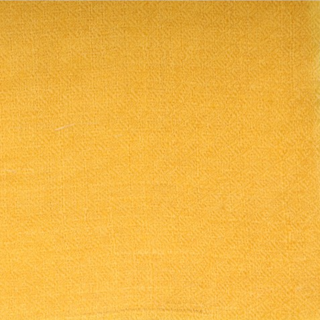
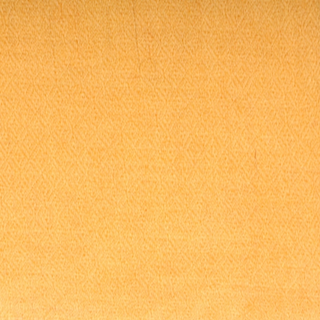
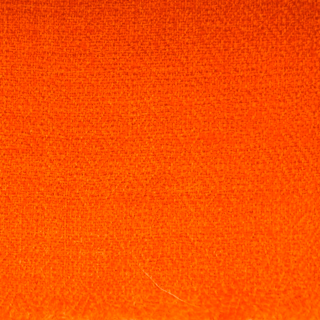
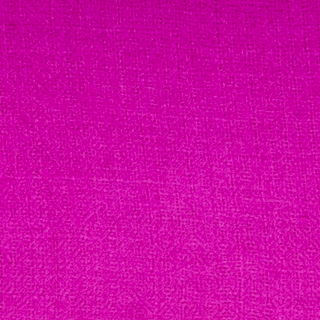
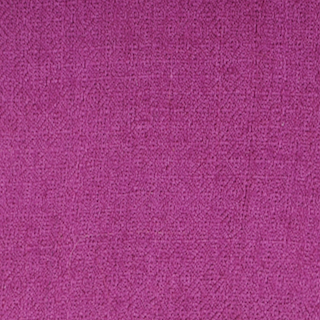
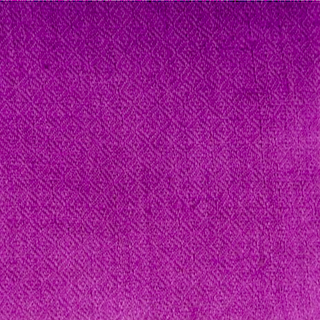
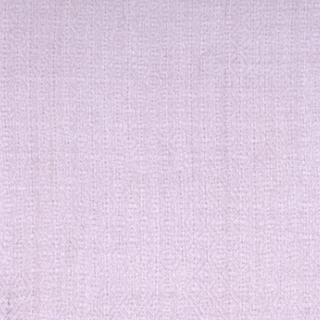
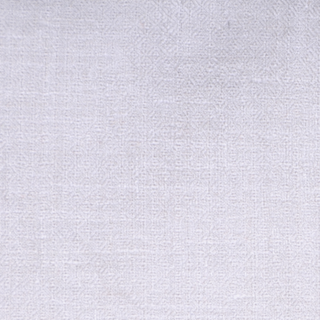
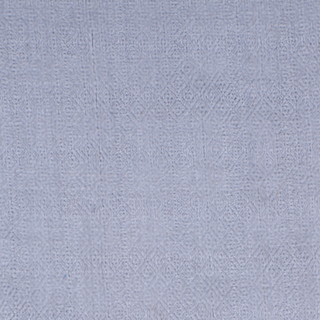
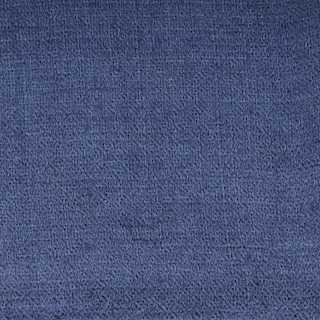
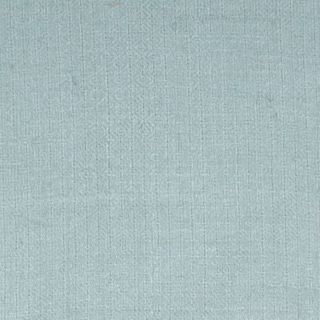
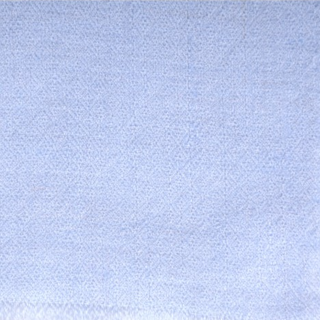
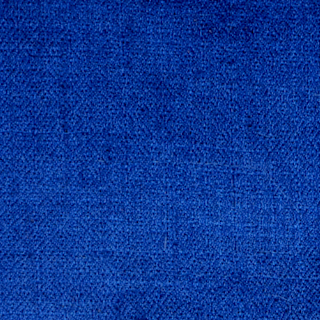
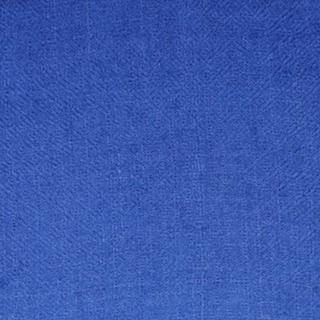
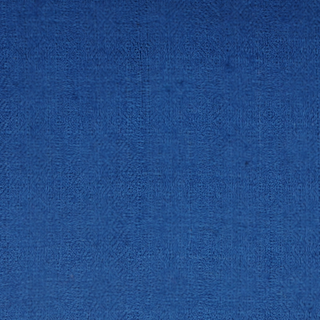
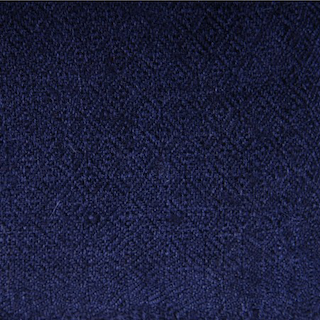
.png)
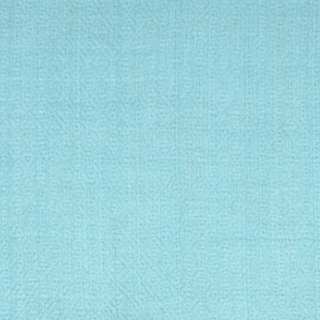
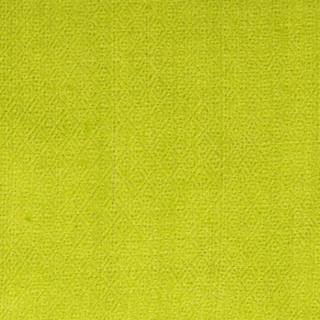
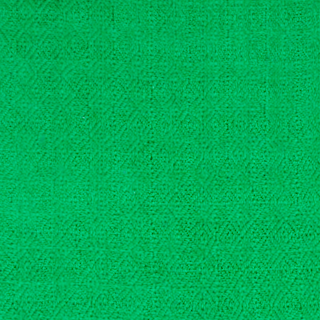
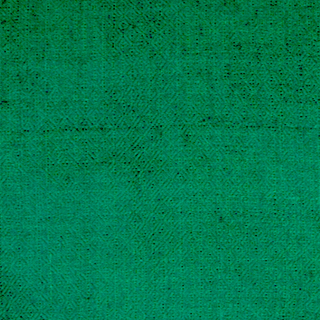
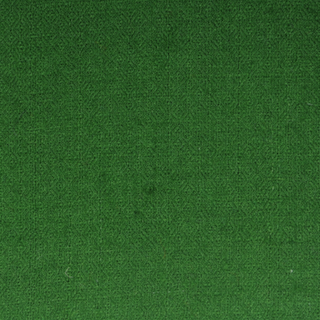
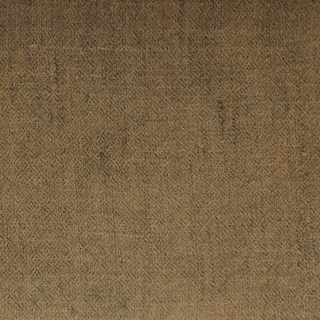
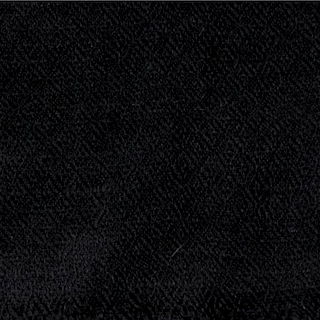
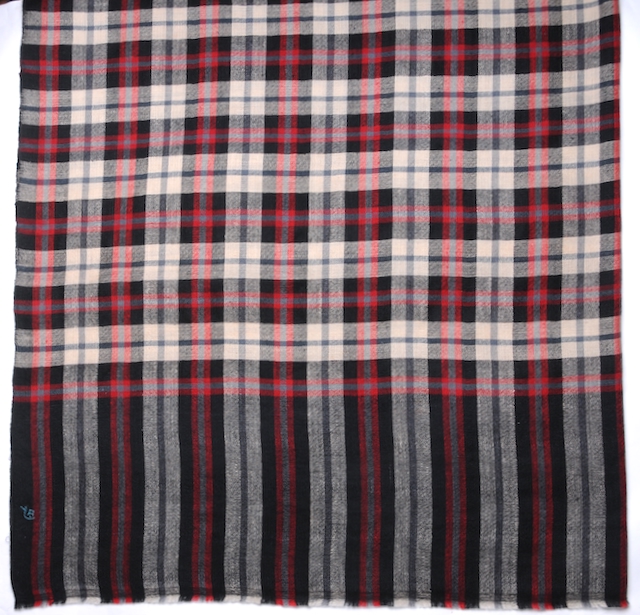
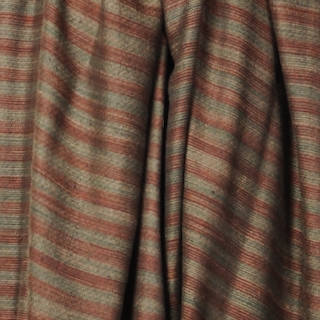
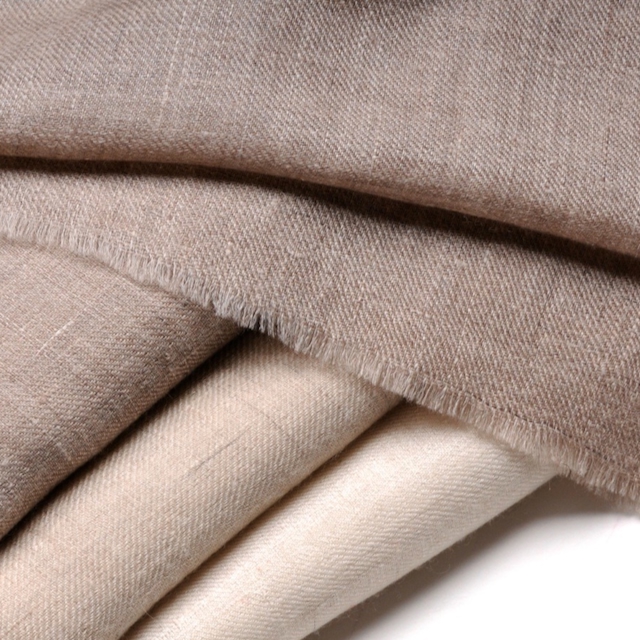
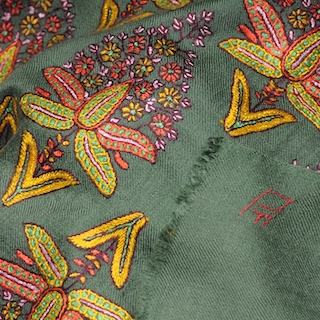
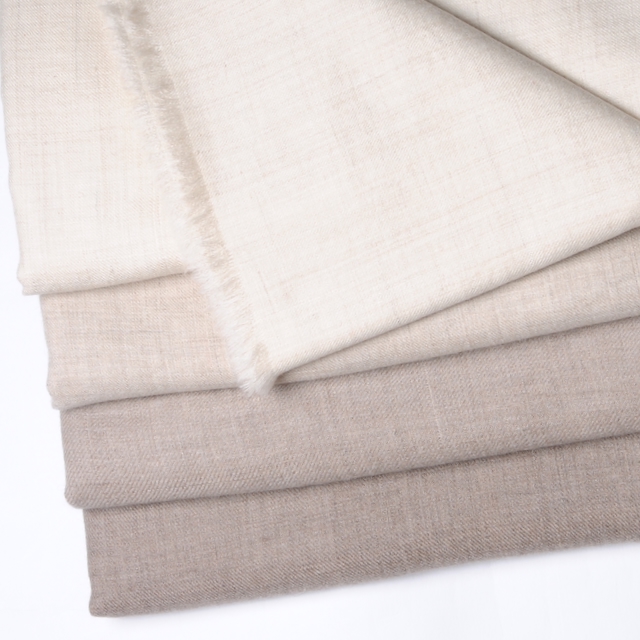
.jpeg)



